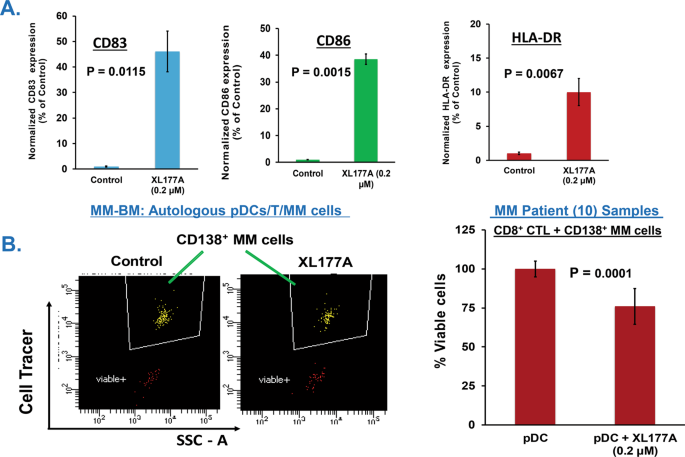In our study of the National Cancer Data Base (NCBD), addition of immunotherapy to radiation therapy improves survival in patients with melanoma with brain metastases when added to SBRT or WBRT, with the best survival observed for IT with SBRT. Concurrrent versus Noncurrent immunotherapy combined with radiation had no significantly different survival.
Abstract
Introduction
Immunotherapy (IT) and radiotherapy (RT) have improved overall survival in patients with melanoma with brain metastasis (MBM). We examined the real‐world survival impact of IT and RT combination and timing strategies.
Materials and Methods
From the facility‐based National Cancer Database (NCDB) data set, 3008 cases of MBM were identified between 2011 and 2015. Six treatment cohorts were identified: stereotactic radiosurgery (SRS) + IT, SRS alone, whole brain radiotherapy (WBRT) + IT, WBRT alone, IT alone, and none. Concurrent therapy was defined as IT given within 28 days before or after RT; nonconcurrent defined as IT administered within 28–90 days of RT. The co‐primary outcomes were propensity score‐adjusted overall survival by treatment regimen and overall survival by RT and IT timing.
Results
Median overall survival (mOS) was performed for each treatment category; SRS +IT 15.77 m; (95%CI 12.13–21.29), SRS alone (9.33 m; 95%CI: 8.0–11.3), IT alone (7.29 m; 95%CI: 5.35–12.91), WBRT +IT (4.89 m; 95%CI: 3.65–5.92), No RT or IT (3.29 m; 95%CI: 2.96–3.75), and WBRT alone (3.12 m; 95%CI 2.79–3.52). By propensity score matching, mOS for SRS +IT (15.5 m; 95%CI: 11.5–20.2) was greater than SRS alone (10.1 m; 95%CI: 8.4–11.8) (p = 0.010), and median survival for WBRT +IT (4.6 m; 95%CI: 3.4–5.6) was greater than WBRT alone (2.9 m; 95%CI: 2.5–3.5) (p < 0.001). In the SRS +IT group, 24‐month landmark survival was 47% (95%CI; 42–52) for concurrent versus 37% (95%CI; 30–44) for nonconcurrent (p = 0.40).
Conclusion
Those who received IT in addition to WBRT and SRS experienced longer survival compared to RT modalities alone, while those receiving concurrent SRS and IT trended toward improved survival versus nonconcurrent therapy.







